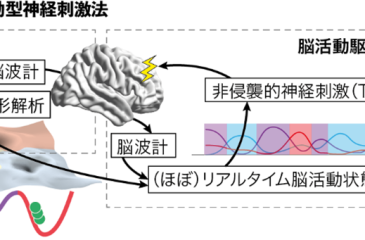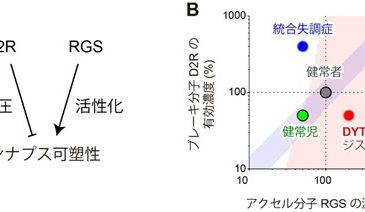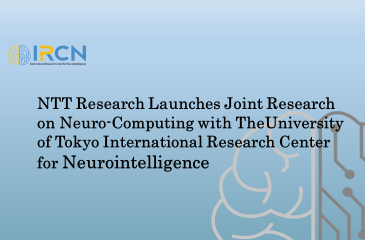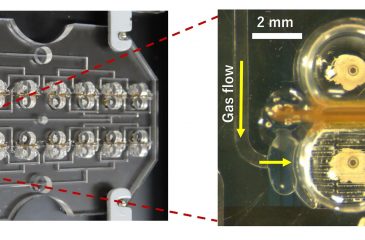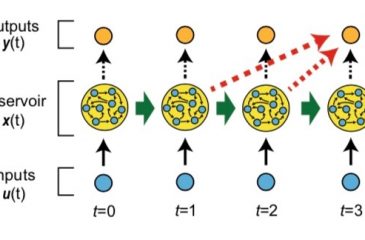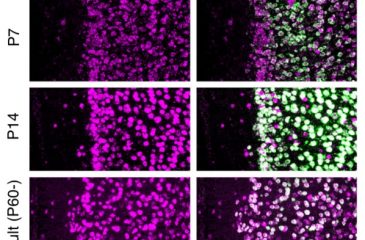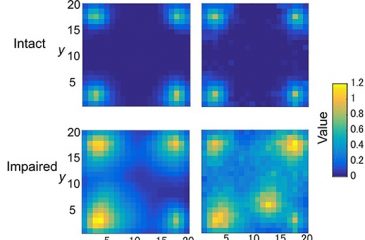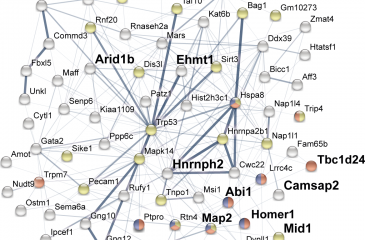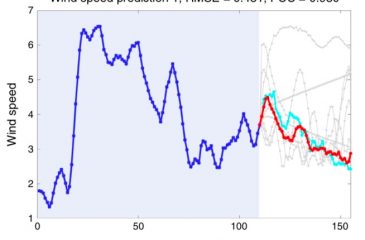Press Release
-
Dynamic causality of the prefrontal cortex in fluctuating human consciousness
In new work published in the journal eLife, a researcher at the International Center for Neurointelligence(IRCN) at The University of Tokyo showed that visual consciousness, the mental awareness of what our eyes see, is regulated by par… More
-
Balanced Dopamine Signaling for Healthy Learning and Memory
New findings from a research collaboration between Kyoto University, the National Institute for Physiological Sciences (NIPS) and the International Research Center for Neurointelligence (IRCN) at The University of Tokyo reveal tha… More
-
NTT Research Launches Joint Research on Neuro-Computing with The University of Tokyo International Research Center for Neurointelligence
NTT Research Launches Joint Research on Neuro-Computing with The University of Tokyo International Research Center for Neurointelligence
IRCN to Collaborate with NTT Research’s PHI Lab on Coherent Ising Machine (CIM) Algorithms and … More
-
How does your computer smell?
Researchers create a highly sensitive biohybrid olfactory sensorA keen sense of smell is a powerful ability shared by many organisms. However, it has proven difficult to replicate by artificial means. Researchers combined biological … More
-
Connections from the Past Drive Computing to the Edge
Among the candidate frameworks for next generation AI, reservoir computing is proving to be an intriguing contender. Conventional machine learning relies on training recurrent neural networks organized in a linear stack of pancake-l… More
-
Social Networking: Autism Gene Defects in Prefrontal Cortex
Autism Spectrum Disorder (ASD) is among the most common developmental brain disorders with a prevalence of 1 in 54 children in the US according to 2020 data from the Centers for Disease Control and Prevention. ASD is also one of the most myst… More
-
Like Humans, Computer Models Have the Capacity for Mental Illness
In the animal kingdom, adaptive behavior is essential for survival and reproduction. In particular, vertebrates including humans, mammals, birds and other classes have brains that evolved for the exploitation or avoidance, respecti… More
-
Branching Out: A MicroRNA Controls Dendrite Regeneration
Dendrites, the antennae of neurons in the brain and nervous system, process incoming signals through the synaptic terminals that speckle their tree-like arbors. While dendritic structure is largely hard-wired in the adult to maintain … More
-
A Synaptic Link Between Epigenomic Control and Schizophrenia
Schizophrenia is a complex psychiatric disorder with polygenic and potential environmental contributions to its etiology. In the last few decades, genetic risk factors have been identified but their biological mechanisms remain lar… More
-
A Reservoir Computing Model for Real World Prediction
Among the speed bumps on the road to a better AI, the rapid proliferation of big data has exceeded the practical processing ability of computational tools for real-world modeling. In particular, data from short time-series events with hi… More
